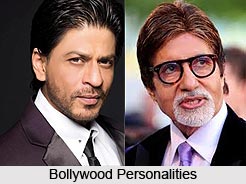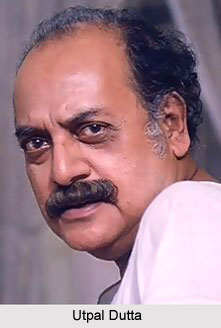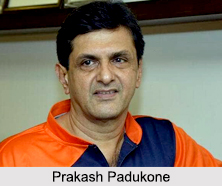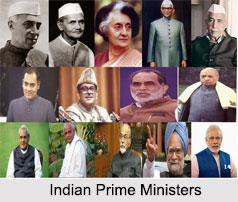Upendranath Brahmachari is one of the leading faces of Indian scientific exploration and a medical practitioner. Upendranath had been a remarkable persona who had worked upon a cure of Kala-azar, a dreaded killer in Bengal and Assam from 1915 onwards. In the year 1915, India still had been haunted by colonial domination so for a native to work on medicine and discover an aliment had been a revolution in itself and opened new avenues for the cross sectioned Indians. The traditional treatment by antimony (stibium in Latin) was extensive, tedious and excruciating, and therefore impracticable and non mandatory. In 1920, Brahmachari earned for himself global acclamation as he discovered an organic compound of antimony, which he named Urea Stibamine which was a significant addition to the arsenal of specific medicines.
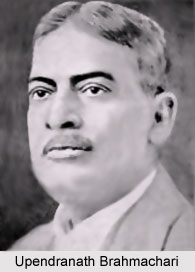 The medicine hardly had any agonizing effects and dogged an effective substitute for the other antimony containing compounds in the treatment of Kala-azar (Visceral Leishmaniasis) that is generally caused by protozoon, leishmania donovani. The medicine was first used on a trial basis in Assam in 1923 and on a mass scale from 1928. By the year 1933, about 3.25 lakh lives had been saved in Assam alone which was continually getting depopulated by the devastating disease. The medicine has also been used successfully in Greece, France and China; but converse to the popular and accepted belief, it was never patented.
The medicine hardly had any agonizing effects and dogged an effective substitute for the other antimony containing compounds in the treatment of Kala-azar (Visceral Leishmaniasis) that is generally caused by protozoon, leishmania donovani. The medicine was first used on a trial basis in Assam in 1923 and on a mass scale from 1928. By the year 1933, about 3.25 lakh lives had been saved in Assam alone which was continually getting depopulated by the devastating disease. The medicine has also been used successfully in Greece, France and China; but converse to the popular and accepted belief, it was never patented.
Early Life of Upendranath Brahmachari
Upendranath Brahmachari was born on 19 December in the year 1873 in Sardanga village near Purbasthali, District Burdwan of West Bengal, India. His father was Nilmony Brahmachari who was a renowned physician in East Indian Railways. As his father worked at East Indian Railways, quite naturally Upendranath got himself admitted in the railway school and later completed his early education from Eastern Railways Boys` High School, Jamalpur. In the year 1893, he passed his B.A. degree from Hooghly Mohsin College with honours in Mathematics and Chemistry. And later he went to study Medicine accompanied with Higher Chemistry. He passed his Masters degree in 1894 from the Presidency College, Kolkata. In M.B. Examination of 1900 of the University of Calcutta, he was the one who ranked first in Medicine and in Surgery for which he even received Goodeve and Macleod awards. Later he obtained his M.D. degree in 1902, and was awarded a PhD degree in 1904, for his research paper on "Studies in Haemolysis" both from the University of Calcutta. In 1898, he married Nani Bala Devi.
Brahmachari joined the Provincial Medical Service in September, 1899 and had been appointed as a teacher of Pathology and Materia Medica, and physician in the Dacca Medical School in 1901. In the year 1905, he was chosen as a teacher in Medicine and Physician at the Campbell Medical School, Calcutta, and it became the breeding ground of his discoveries where he carried out most of his work on Kala-azar and made his monumental breakthrough, an innovative discovery of Urea Stibamine. In 1923, he joined as Additional Physician in the Medical College Hospital. He retired from the government service as a physician in 1927 and after retirement from the government service Brahmachari got himself connected to the Carmichael Medical College in Kolkata as Professor of Tropical Diseases. He also served the National Medical Institute, in charge of its Tropical Disease Ward. He was also the Head of the Department of Biochemistry and Honorary Professor of Biochemistry at the University College of Science, Calcutta. Around 1924, Brahmachari established the Brahmachari Research Institute in his own residence in Cornwallis Street (Vidhan Sarani), Kolkata. This institute was later converted into a Partnership concern with his sons Phanindra Nath and Nirmal Kumar. Under his guidance this Institute did quite well both in the fields of research and manufacture of medicine. The institute stopped functioning in 1963.
Brahmachari played an essential and imperative part in the formation of the world`s second Blood Bank in Kolkata in 1939. Designated as the Chairman of the Blood Transfusion Service of Bengal, he was the Vice President of the St. John Ambulance Association of the Bengal branch and also it`s President. He was the first Indian to become the Chairman of the Managing Body of the Indian Red Cross Society of the Bengal Branch. He generously contributed to the High School in Purbasthali (in Bardhaman district) near his ancestral house. The school was later renamed as the Purbasthali Nilmony Brahmachari Institution. Brahmachari died on February 06, 1946. The Kolkata Municipal Corporation renamed Loudon Street as Dr. U.N. Brahmachari Street.
